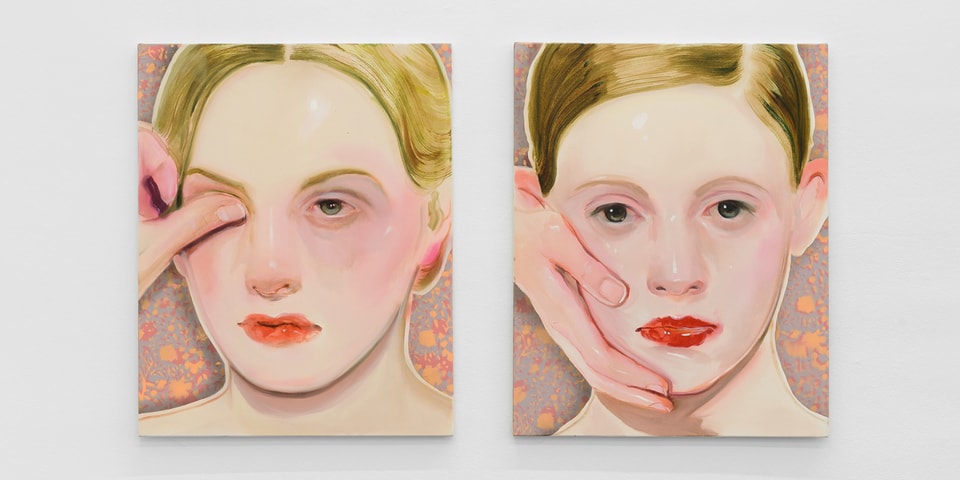Pataki 1921
2019 - Installation (Installation)
Dimensions variable
Ulrik López
Addressing the 1966 XVII World Chess Olympics, Pataki 1921 by Ulrik López continues the artist’s interest in chess as a subject and as a symbol for various world affairs and political confrontations. Pataki 1921 is an installation that derives from and expands on Cuban choreographer Alberto Alonso’s ballet piece titled La partida viviente (The Living Match) which opened the Olympic. The choreography recreates the 1921 World Championship chess match where the Cuban player José Raúl Capablanca won the world title against the German master Emmanuel Lasker, becoming the first Latin-American, but more precisely Caribbean, player to win this title. In Alonso’s piece, the dancers represented the pieces of the chess-board to animate the game into a performance. López’s version of the ballet premiered at the 2019 Sharjah Biennial, where the video was shot. This context shifts the nature of the performance from a clearly European tradition of ballet to a more sculptural Yoruba version, inspired by Cuban syncretic practices in general and Santería in particular. The dance also becomes more sculptural through the attire of the dancers which are made with natural fibers such as sisal and jute, native to the Caribbean. The costumes follow the tradition of Santeria practitioners in countries where Yoruba originated and is still practiced, from Latin America to Africa, where it originated. The choreography, developed with dancer and choreographer Karimé León Barreiro, aims at shifting the balance from a classical European tradition to a syncretic and ritualistic notion of dance and performance, thus reshuffling the power relations between the West and the rest of the world through symbolism and movement. Pataki 1921 looks at the long history of colonialism in the Caribbean and beyond through the lens of chess and ritualistic practices, while exploring the origins of Caribbean identity and its relation, both recent and historical, with the rest of the world.
Ulrik López’s work involves objects and motifs addressed by fields that study human activity through material and cultural production — mainly archeology and anthropology from the Americas — to approach different notions pertaining to world views, ritual, myths, craft, and the objects and characters that populate them. These approximations are mostly assumed in an amateur way, as a researcher, an archeologist or a forensic, who in some sense makes witnesses out of objects, images, places, and sounds.
Colors:
Related works sharing similar palette
» see more

© » ART & OBJECT
Pantone Names 'Peach Fuzz' the 2024 Color of the Year | Art & Object Skip to main content Subscribe to our free e-letter! Webform Your Email Address Role Art Collector/Enthusiast Artist Art World Professional Academic Country USA Afghanistan Albania Algeria American Samoa Andorra Angola Anguilla Antarctica Antigua & Barbuda Argentina Armenia Aruba Ascension Island Australia Austria Azerbaijan Bahamas Bahrain Bangladesh Barbados Belarus Belgium Belize Benin Bermuda Bhutan Bolivia Bosnia & Herzegovina Botswana Bouvet Island Brazil British Indian Ocean Territory British Virgin Islands Brunei Bulgaria Burkina Faso Burundi Cambodia Cameroon Canada Canary Islands Cape Verde Caribbean Netherlands Cayman Islands Central African Republic Ceuta & Melilla Chad Chile China Christmas Island Clipperton Island Cocos (Keeling) Islands Colombia Comoros Congo - Brazzaville Congo - Kinshasa Cook Islands Costa Rica Croatia Cuba Curaçao Cyprus Czechia Côte d’Ivoire Denmark Diego Garcia Djibouti Dominica Dominican Republic Ecuador Egypt El Salvador Equatorial Guinea Eritrea Estonia Eswatini Ethiopia Falkland Islands Faroe Islands Fiji Finland France French Guiana French Polynesia French Southern Territories Gabon Gambia Georgia Germany Ghana Gibraltar Greece Greenland Grenada Guadeloupe Guam Guatemala Guernsey Guinea Guinea-Bissau Guyana Haiti Heard & McDonald Islands Honduras Hong Kong SAR China Hungary Iceland India Indonesia Iran Iraq Ireland Isle of Man Israel Italy Jamaica Japan Jersey Jordan Kazakhstan Kenya Kiribati Kosovo Kuwait Kyrgyzstan Laos Latvia Lebanon Lesotho Liberia Libya Liechtenstein Lithuania Luxembourg Macao SAR China Madagascar Malawi Malaysia Maldives Mali Malta Marshall Islands Martinique Mauritania Mauritius Mayotte Mexico Micronesia Moldova Monaco Mongolia Montenegro Montserrat Morocco Mozambique Myanmar (Burma) Namibia Nauru Nepal Netherlands Netherlands Antilles New Caledonia New Zealand Nicaragua Niger Nigeria Niue Norfolk Island Northern Mariana Islands North Korea North Macedonia Norway Oman Outlying Oceania Pakistan Palau Palestinian Territories Panama Papua New Guinea Paraguay Peru Philippines Pitcairn Islands Poland Portugal Puerto Rico Qatar Romania Russia Rwanda Réunion Samoa San Marino Saudi Arabia Senegal Serbia Seychelles Sierra Leone Singapore Sint Maarten Slovakia Slovenia Solomon Islands Somalia South Africa South Georgia & South Sandwich Islands South Korea South Sudan Spain Sri Lanka St...

© » ARTS EQUATOR
The Personal, the Humour and the Horror: Interview with Irwan Ahmett | ArtsEquator Thinking and Talking about Arts and Culture in Southeast Asia Articles Hideto Maezawa October 7, 2019 By Patricia Tobin (1,140 words, 6-minute read) The concluding production of TPAM 2019 was Constellation of Violence , a lecture-performance by artist Irwan Ahmett, which focused on the culmination of the Cold War in Indonesia in 1965, from its lead-up to its aftermath...
Related works found in the same semantic group
» see more

© » KADIST
Fabien Giraud & Raphael Siboni
2014– In which defeated he leaves the scene and the stage is left in search of its scale – Second episode of The Unmanned series, “The Brute Force” reconstructs the minutes following Garry Kasparov’s defeat against the IBM Deep Blue computer on 11 May 1997...

© » KADIST
Adrian Melis Sosa
2015Shot a few months before the USA and Cuba restored diplomatic relations in 2015, The New Man and My Father looks into the quiet aftermath of one family’s individual experience of the Cuban Revolution (1953-1959)...




